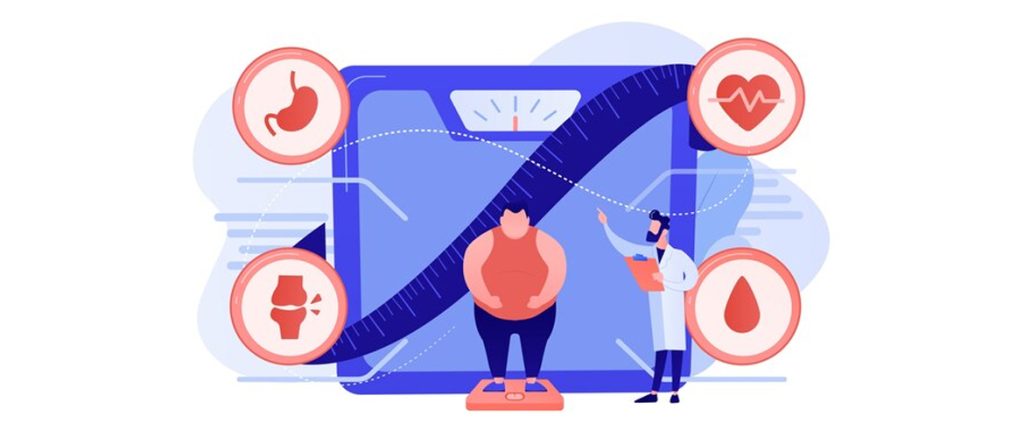Understanding Diabetes: More Than Just “Sugar Issues”
Before we get into the weight-control part, let’s talk about diabetes. A lot of people think diabetes is just about eating too much sugar. If only it were that simple!Types of Diabetes
| Type | What It Means | Who’s at Risk? |
| Type 1 Diabetes | An autoimmune condition where the body attacks insulin-producing cells. | Often diagnosed in childhood or early adulthood. |
| Type 2 Diabetes | The body either doesn’t produce enough insulin or can’t use it properly. | More common in adults but rising in younger people due to lifestyle factors. |
| Gestational Diabetes | Temporary diabetes during pregnancy that increases future diabetes risk. | Pregnant women (but it often goes away after delivery). |
| Prediabetes | Blood sugar levels are higher than normal but not high enough to be called diabetes. | Anyone with a sedentary lifestyle, unhealthy diet, or genetic risk. |
The Alarming Truth: Diabetes Around the World
Did you know that more than 537 million adults worldwide have diabetes? That’s roughly 1 in 10 people! And here’s the scary part—nearly half of them don’t even know they have it.Diabetes Rates in Different Countries
- United States – Over 37 million people have diabetes, with Type 2 being the most common.
- United Kingdom – Around 4.9 million people are diagnosed, and cases are increasing.
- Australia – More than 1.3 million Australians live with diabetes.
- Canada – Over 5.7 million people have diabetes, with rising obesity rates contributing to the numbers.
How I Helped My Dad Control His Weight and Prevent Diabetes?
Watching my dad struggle with weight and health concerns made me realize—this isn’t just about numbers on a scale. It’s about small changes leading to big wins. Here’s what worked for us:1. Finding the Right Weight Goal
The first thing we did was set a realistic weight goal. If you’re wondering where you stand, here’s a handy table:| Height (in feet) | Healthy Weight Range (lbs) | Daily Calorie Goal (for weight loss) |
| 5’0″ – 5’3″ | 100 – 140 lbs | 1,200 – 1,500 calories |
| 5’4″ – 5’7″ | 120 – 160 lbs | 1,400 – 1,800 calories |
| 5’8″ – 5’11” | 140 – 190 lbs | 1,600 – 2,000 calories |
| 6’0″ – 6’3″ | 160 – 220 lbs | 1,800 – 2,200 calories |
2. Smart Food Choices: What Goes on the Plate?
Diet matters—big time. I didn’t force my dad to go on a sad lettuce diet, but we made healthier swaps:- More fiber – Whole grains, beans, lentils, and vegetables
- Lean proteins – Chicken, fish, tofu, and eggs
- Healthy fats – Avocados, nuts, olive oil
- Portion control – Eating smaller meals to balance blood sugar
What to Avoid?
- Sugary drinks (goodbye soda!)
- Processed foods (bye-bye chips!)
- White bread and refined carbs
- Excess alcohol
3. Moving Without Making It Feel Like Exercise
Convincing my dad to hit the gym? Yeah, that was never happening. However, movement is crucial for weight control and preventing diabetes. So, we made it fun:- Morning walks together – Bonus: More bonding time!
- Dancing in the living room – A cardio workout and hilarious entertainment.
- Taking the stairs – Small habits that add up.
- Strength training – Even lifting grocery bags counts!
4. Importance of Sleep in Weight Management
This was a game-changer! We often think diet and exercise are enough, but sleep deprivation messes with blood sugar levels and hunger hormones.- We set a sleep schedule (bye-bye late-night scrolling!).
- Dimmed the lights before bedtime to improve melatonin production.
- Cut out caffeine after 6 PM—this was hard, but it helped!
5. Stress Management: The Secret Factor
Stress can spike blood sugar levels even if you eat perfectly. To keep stress in check:- Dad picked up journaling—writing out thoughts helped clear his mind.
- We started meditation together—even five minutes helped!
- We found humor in everything—laughter is the best medicine.

